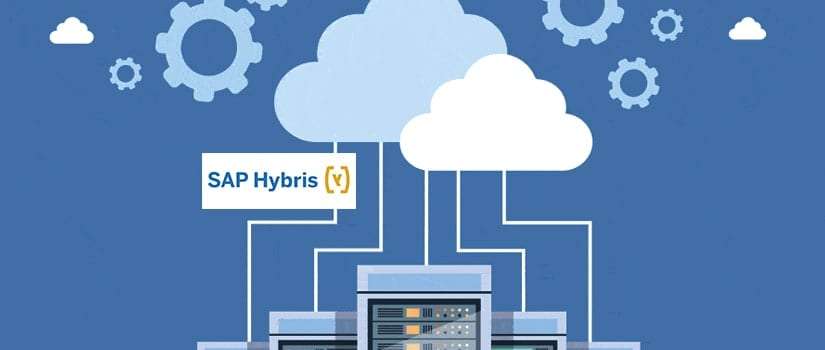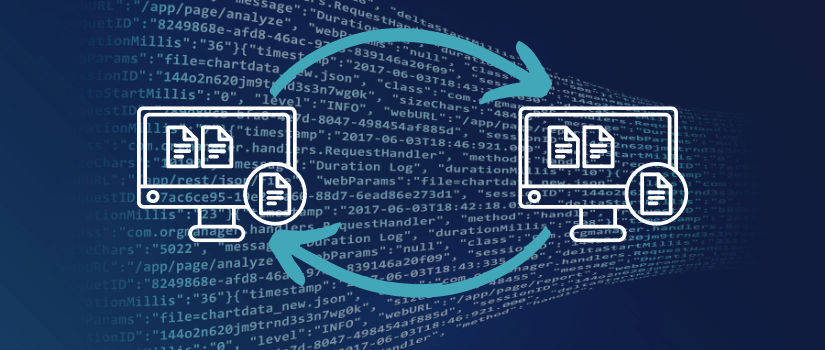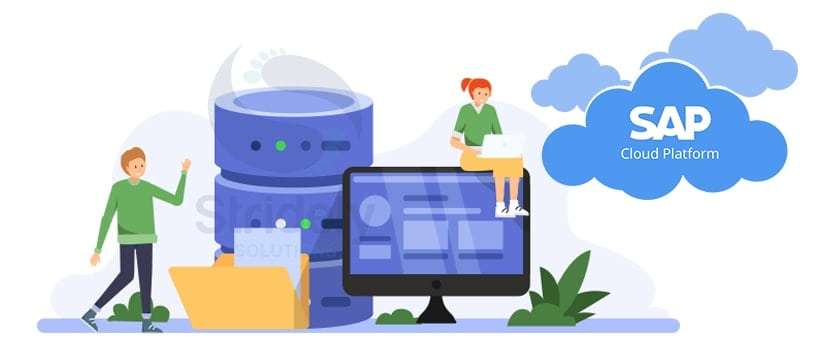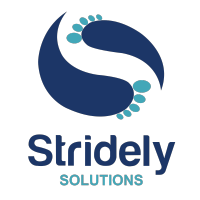Migration from Oracle Apps to Oracle Fusion – Why and How?

Rolling out updates for existing software isn’t a new thing. Irrespective of whether you are using a simple application such as Microsoft word or one as complicated as a CRM tool, updates are everywhere. Most of the time, companies simply offer an option to upgrade the existing software by clicking on the update now button. This is not only easy but also faster.
The Ways BREXIT will impact SAP

For businesses operating in the UK and EU, the implications of BREXIT have been a topic of debate for a long. Even though the change was to be manifested in the UK after 1st Jan 2021, business owners have been preparing for the same for months.
Dynatrace for SAP Hybris – The Arrival of the Commerce Cloud Monitoring Age

Digital commerce solutions have captured the interest of entrepreneurs on a large scale. More and more organizations are actively adopting the same to reach out to the global market and enhance their business growth.
How Artificial Intelligence Is Improving the Business Process Automation Thoroughly?

Business processes or day-to-day business operations are crucial for the survival of a business entity. Organizations employ thousands of workers (depending upon the requirements) to meet the demands and keep their business flowing steadily. This consumes a lot of time and tons of effort. From filing requests to creating contracts, logging data, or processing them, employees spend nearly half of their day doing mundane, unproductive tasks.
JDE Worldsoft to JDE Enterprise One 9.2 – The Benefits of Migration and Step-by-Step Process to Migration

The JD Edwards landscape has been growing since its inception. Irrespective of the fact that every platform offers the ease to host business applications with ease, the latest ones are one step ahead of the existing one. Probably this is why organizations tend to migrate to the new ones at the earliest.
Rehost, Replatform, and Refactor – Which Application Migration Strategy to Choose and When?

Planning to move your siloed infrastructure to the cloud might definitely be the right decision. But are you aware of what exactly cloud transformation means and what are the different ways you can move your system to the cloud? To rephrase, do you know which strategy is best for your business?
Empower Analytics with SAP Data Warehouse Cloud (DWC)

With Data Warehouse Cloud (DWC), SAP provides a cloud-based solution which integrates data from various sources and provide stand-alone data management solution for developing rich analytical applications. SAP Data Warehouse Cloud combines prevailing data management competences with the superior advanced analytics. It helps organizations to make secure and confident decisions with fast and agile implementation using standard business contents.

